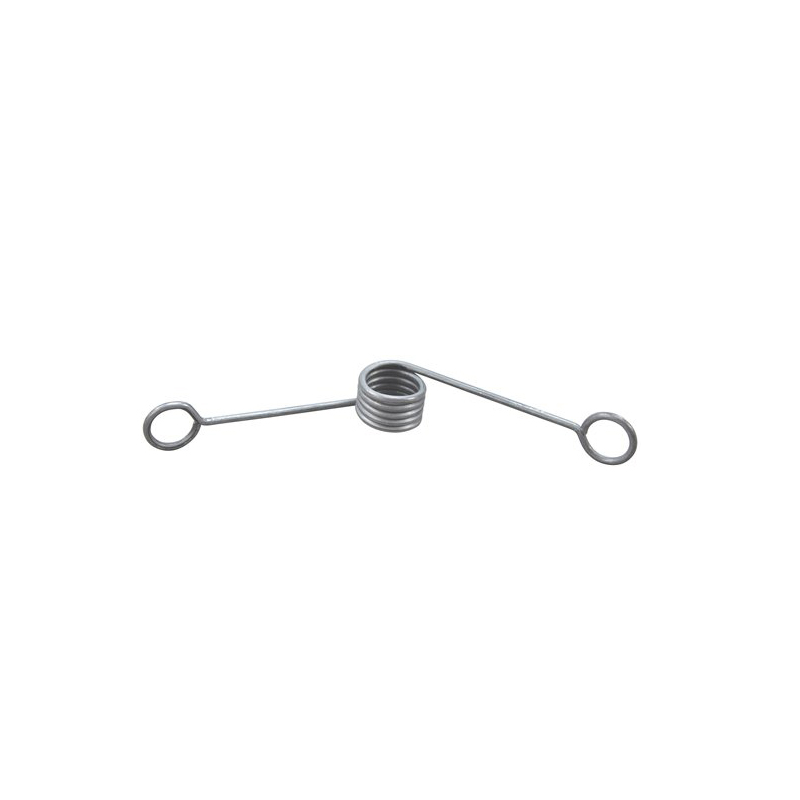
- Mobile Phone
- +8613931874955
- sales@cntcmetal.com
dowel bar
The Role of Dowel Bars in Concrete Pavement Design
Dowel bars are critical components in the construction of concrete pavements, particularly in addressing joint performance and load transfer. These steel bars are typically embedded across the joint between two slabs of concrete, acting as a structural element that enhances the load-bearing capability of the pavement. Understanding the significance, installation, and benefits of dowel bars can significantly contribute to the longevity and durability of concrete pavements.
What are Dowel Bars?
Dowel bars are smooth, round steel rods that are placed into the concrete slabs at expansion joints. Their primary purpose is to facilitate load transfer between adjacent slabs while allowing for relative horizontal movement. This setup prevents the development of vertical displacements which can lead to cracking, faulting, and other forms of pavement distress. Typically, dowel bars range from 1 to 1.5 inches in diameter and vary in length, but common sizes include 12 to 18 inches.
Importance of Load Transfer
In concrete pavements, the ability to transfer loads effectively is paramount. When heavy vehicles traverse the surface, the weight is distributed across the slabs. Without dowel bars, slabs could sink or separate unevenly, leading to premature damage. Dowel bars improve load transfer efficiency by promoting even stress distribution, minimizing the likelihood of slab differential settlement. This feature is especially vital for highways and heavily trafficked roads, where the durability of the pavement directly impacts safety and serviceability.
Installation Process
The installation of dowel bars must be executed with precision to achieve the desired performance. First, while constructing the concrete slabs, proper dowel alignment is crucial. Dowel baskets are often used to hold the bars in place during the pouring of concrete, ensuring they are positioned correctly within the slab. Typically, the bars are placed in the center of the expansion joint and are secured in a manner that allows for easy movement as the concrete expands and contracts with temperature variations.
Proper spacing and embedment depth are also crucial, as these factors affect the effectiveness of load transfer. Spacing between dowel bars usually ranges from 12 to 18 inches, providing sufficient support for the pavement while accommodating movement.
dowel bar

Benefits of Dowel Bars
The integration of dowel bars into concrete pavements offers several key benefits.
1. Enhanced Load Distribution By facilitating better load transfer between adjacent slabs, dowel bars enhance the structural integrity of the pavement. 2. Reduced Cracking The risk of transverse cracking is minimized, as slabs can move freely without exerting excessive stress on each other.
3. Longevity Properly designed and installed dowel bars contribute to the long-term durability of the pavement, reducing maintenance costs and disruptions.
4. Improved Ride Quality Dowel bars help maintain smoothness across joints, resulting in a better driving experience.
5. Cost-effectiveness Although adding dowel bars may increase initial construction costs, the long-term benefits—reduced maintenance expenses and enhanced lifespan—make them a cost-effective solution.
Conclusion
In summary, dowel bars play a pivotal role in the performance of concrete pavements. By allowing for joint movement and improving load transfer, they contribute to the overall durability and functionality of road systems. Understanding the importance of proper installation and alignment will ensure optimal performance and longevity, making dowel bars an essential consideration in pavement design and construction. As engineering practices evolve, the role of dowel bars remains indispensable, ensuring that our infrastructure can withstand the test of time.
share:
-
Your Source for Concrete Wall Ties and Masonry AccessoriesNewsJul.10,2025
-
Unlocking the Power of Iron Wire for Every ProjectNewsJul.10,2025
-
Explore Advanced Chain Wire and Stainless Steel Mesh FencingNewsJul.10,2025
-
Discover the Benefits of Annealed Wire ProductsNewsJul.10,2025
-
Discover China Stainless Steel Wire Mesh SolutionsNewsJul.10,2025
-
Build with Confidence Using High-Performance Masonry AccessoriesNewsJul.10,2025
-
Why Sacrificial Formwork Is Redefining Underground ConstructionNewsJun.06,2025



















